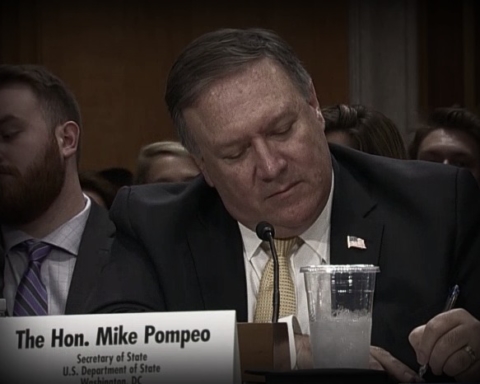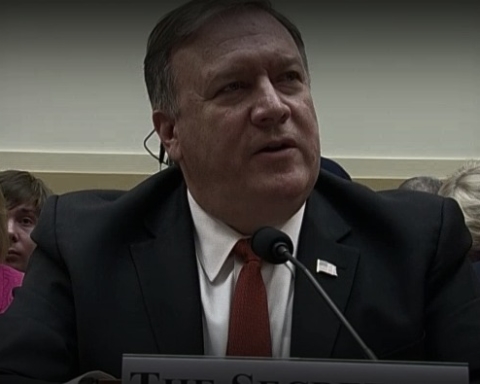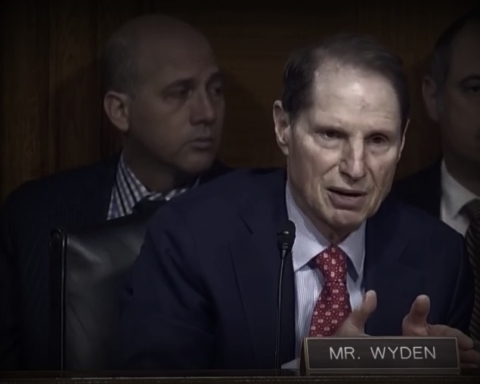A watchdog report released Wednesday condemned the Bureau of Prisons for not doing enough to prepare federal inmates for their return home, after serving their sentences.
The Department of Justice’s Inspector General discovered “several weaknesses” with Release Preparation Programs (RPP) at facilities nationwide. Federal law requires the BOP to establish the programs to assist offenders in rejoining their communities and finding work after release.
The bureau’s lack of oversight of the rehabilitation regime, however, has eroded its effectiveness at reducing prison re-entry. The investigation revealed that the quality and curriculum of RPP courses were “widely inconsistent” across the 121 BOP institutions reviewed.
There are six defined categories that facilities are required to cover in their release programs: Health and Nutrition, Employment, Personal Finance and Consumer Skills, Information and Community Resources, Release Requirements and Procedures, and Personal Growth and Development. The BOP gives individual prisons discretion over the classes offered within each RPP category.
“As a result,” the IG stated, “no courses are consistently offered at all facilities.” For example, resume-writing skills were only offered at 58 percent of BOP institutions, mock job fairs at 55 percent, and interview skills at 47 percent. Another 12 percent of prisons didn’t offer any of the three courses.
Even when there was similarity among class offerings, the inmates’ RPP experience still varied widely from facility to facility. The IG detailed a Personal Growth and Development course that lasted only 10 minutes at one prison, and nearly an hour at another facility observed.
The report placed blame squarely at the doorstep of the prison bureau, reaming BOP officials for not consistently assessing RPP curriculums, and for not requiring the prisons to do so either.
“We attribute the inconsistencies in content, length, format, and quality primarily to BOP Headquarters’ limited role in the RPP’s implementation,” the IG’s office concluded.
The investigation also revealed that a “significant number” of inmates did not finish their RPP before release. Completion of the RPP is mandatory for all BOP inmates, except those sentenced to less than six months, those facing the death penalty, and inmates detained under a deportation order. The classes usually begin within 30 months of an inmate’s release date.
The watchdog noted, however, that prisons rarely offer punishments or incentives to encourage inmates to complete the program. In other cases, the incarcerated are simply unable to attend RPP classes. An inmate undergoing treatment for cancer told inspectors that her medical appointments prevented her from attending the program.
Prison staff interviewed by the IG admitted that RPP curriculums are not based on an inmate’s needs, but instead “limited to what is already available at the institution.”
“Even though BOP officials told us that the BOP strives for a 100 percent RPP completion rate, we found that of the 46,483 inmates released during FY 2013, only 31 percent had completed both segments of the RPP at the time of their release,” the IG stated.
The report concluded with several recommendations for the BOP. The watchdog urged the bureau to establish a list of standardized RPP courses across all facilities, and to the implement assessment tools and quality controls to review the curriculum.
BOP was also called on to explore incentives to increase participation in the RPP, and solicit feedback from inmates.
An exhaustive study released this year by the US Sentencing Commission pegged recidivism among former federal offenders at nearly fifty percent.








